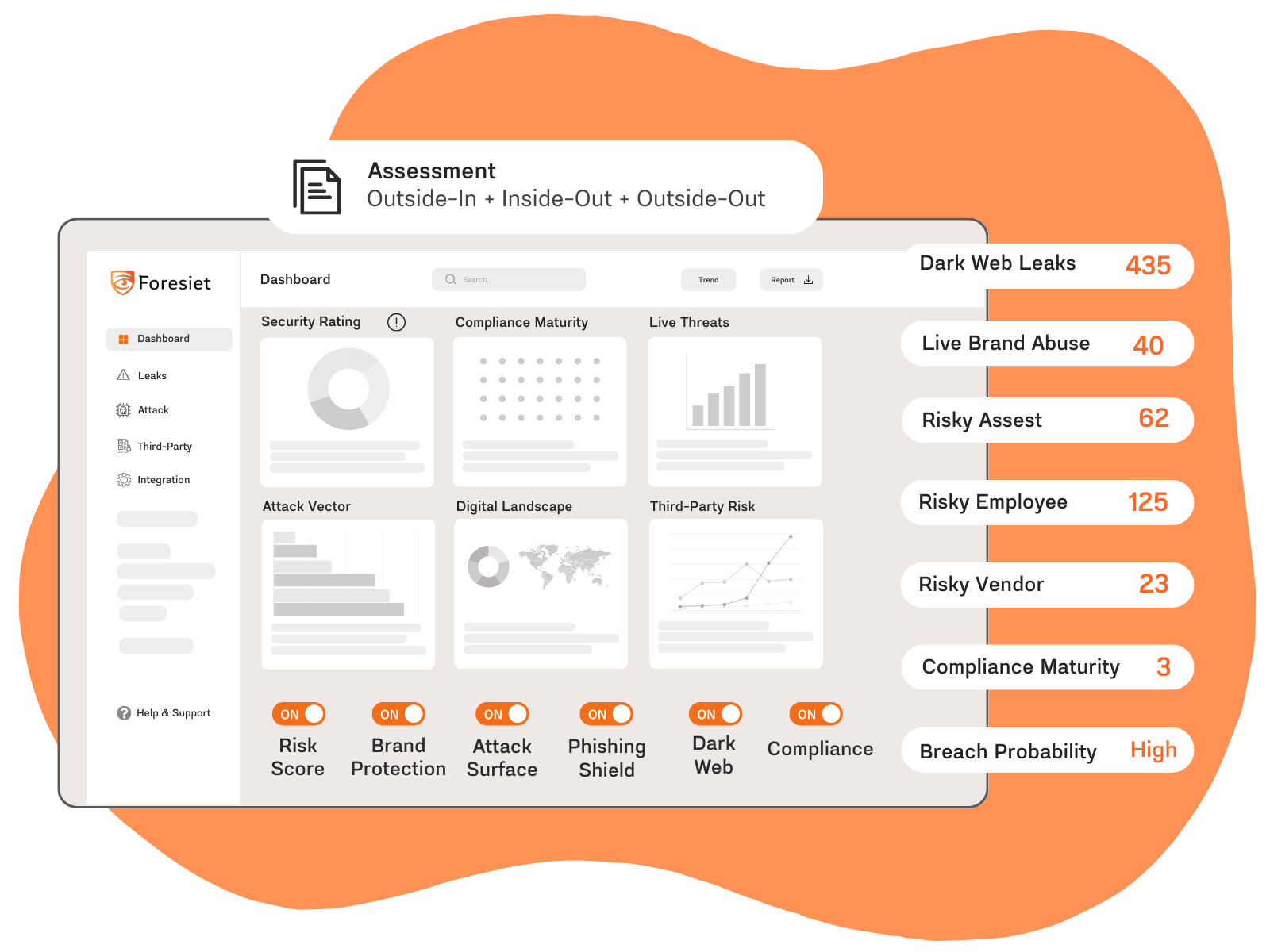Windows Vulnerability Exploited Using Braille 'Spaces' in Zero-Day Attacks

A recently addressed Windows MSHTML spoofing vulnerability, tracked as CVE-2024-43461, has been revealed to have been actively exploited in zero-day attacks by the Advanced Persistent Threat (APT) group, Void Banshee. Initially unmarked as exploited, Microsoft later updated its advisory to confirm that the vulnerability had been abused in attacks prior to its fix. This breach highlights the increasing sophistication of cyber attackers and underscores the need for proactive defense strategies within organizations.
Understanding the CVE-2024-43461 Vulnerability
The CVE-2024-43461 vulnerability, patched as part of Microsoft's September 2024 Patch Tuesday, affects the MSHTML engine in Windows. Initially, Microsoft did not identify this flaw as previously exploited, but later investigations revealed that it had been used in active attacks. Trend Micro, which first uncovered this exploitation, noted that Void Banshee leveraged the vulnerability to install information-stealing malware, targeting organizations across North America, Europe, and Southeast Asia.
Zero-Day Exploitation by Void Banshee
Void Banshee used a combination of zero-day vulnerabilities, including CVE-2024-43461 and CVE-2024-38112, to deploy the Atlantida info-stealer malware. This malicious software is designed to extract sensitive data from victims' systems, such as passwords, authentication cookies, and cryptocurrency wallets.
The attack chain begins when victims are tricked into opening malicious shortcut files with a .url extension. These files force Windows to open outdated Internet Explorer sessions instead of Microsoft Edge, leading to the download of harmful HTML Application (HTA) files. Once downloaded and executed, these files install the Atlantida info-stealer on the victim’s machine.
The Role of Braille Whitespace Characters in the Attack
A particularly deceptive tactic used in these attacks involved the use of braille whitespace characters to obscure the malicious nature of the downloaded files. These characters were used to hide the .hta extension, making the file appear as a legitimate PDF document when viewed by the user.
For example, a file named Books_A0UJKO.pdf%E2%A0%80%E2%A0%80.hta would be displayed to the user as a PDF due to the invisible whitespace characters between the apparent .pdf and the actual .hta extension. This led many users to mistakenly believe that they were opening a harmless PDF file, when in fact, they were executing a malicious script.
Even after Microsoft's patch, while the true file extension is now visible, the long sequence of braille whitespace characters can still confuse users into thinking the file is legitimate. This technique demonstrates the increasing complexity of social engineering tactics employed by cyber attackers today.
Implications for Organizations
The CVE-2024-43461 exploitation by Void Banshee highlights several pressing concerns for organizations:
- Targeted Attacks on Sensitive Data: Void Banshee's attacks were primarily aimed at stealing sensitive information for financial gain. Industries that handle valuable data, such as finance, healthcare, and government sectors, are particularly vulnerable.
- Combined Exploit Chains: The use of multiple vulnerabilities, such as CVE-2024-43461 and CVE-2024-38112, in a single attack chain showcases how cybercriminals are becoming more sophisticated in their approaches, combining flaws to bypass security measures.
- Human Factor Exploitation: By masking malicious files as legitimate documents, attackers are relying heavily on social engineering techniques. This further emphasizes the need for user education and awareness within organizations to prevent such exploits from succeeding.
Defensive Measures: How Organizations Can Protect Themselves
In light of these attacks, it is essential that organizations adopt comprehensive security strategies to protect their systems and data from similar threats. Some key measures include:
- Regular Patch Management: Ensuring that all systems are promptly updated with the latest security patches is critical. Microsoft’s Patch Tuesday updates must be prioritized, as attackers are quick to exploit known vulnerabilities before they can be patched.
- User Awareness Training: Educating employees on recognizing phishing attacks, suspicious files, and other social engineering tactics is crucial. Training programs can help users spot disguised files, reducing the likelihood of successful exploits.
- Advanced Threat Detection: Implementing solutions such as compromised data tracking, digital footprint analysis, and brand impersonation defense can help organizations identify threats early and take proactive steps to mitigate risks.
- Dark Web Surveillance and Stolen Credentials Detection: Monitoring for stolen credentials and activity on the dark web can provide early warnings of potential breaches, allowing organizations to act before significant damage occurs.
- Digital Threat Scoring and Risk Evaluation: Prioritizing vulnerabilities based on their severity and the likelihood of exploitation through threat scoring mechanisms ensures that the most critical risks are addressed first.
Conclusion
The exploitation of the CVE-2024-43461 vulnerability by Void Banshee underscores the growing complexity of cyber threats facing organizations today. Attackers are not only leveraging technical vulnerabilities but are also employing advanced social engineering techniques to deceive users into executing malicious files.
In an increasingly hostile digital landscape, organizations must stay vigilant by keeping systems up-to-date, educating users, and implementing advanced threat detection measures like darknet monitoring services, brand protection, and digital risk evaluation. A proactive, multi-layered approach to security is essential to protect against the sophisticated and evolving tactics of threat actors like Void Banshee.
About Foresiet!
Foresiet is the pioneering force in digital security solutions, offering the first integrated Digital Risk Protection SaaS platform. With 24x7x365 dark web monitoring and proactive threat intelligence, Foresiet safeguards against data breaches and intellectual property theft. Our robust suite includes brand protection, takedown services, and supply chain assessment, enhancing your organization's defense mechanisms. Attack surface management is a key component of our approach, ensuring comprehensive protection across all vulnerable points. Compliance is assured through adherence to ISO27001, NIST, GDPR, PCI, SOX, HIPAA, SAMA, CITC, and Third Party regulations. Additionally, our advanced antiphishing shield provides unparalleled protection against malicious emails. Trust Foresiet to empower your organization to navigate the digital landscape securely and confidently.
Protect your brand, reputation, data, and systems with Foresiet's Integrated Digital Risk Platform. 24/7/365 threat monitoring for total peace of mind.


July 10, 2025, 9 a.m.
